Wellness Wayfarer Habit - Simple Steps to Healthier Eating
Cultivating Healthy Eating Habits
These curated habits offer a pathway to improved well-being through mindful and practical dietary adjustments. Each suggestion is designed to be easily integrated into daily life, focusing on sustainable changes rather than restrictive diets. Discover how small, consistent actions can lead to significant enhancements in your health and energy levels.
- Emphasizes plant-based foods for gut health and overall vitality.
- Promotes mindful eating practices to improve digestion and prevent overeating.
- Focuses on simple swaps and additions rather than strict restrictions.
- Encourages home cooking and meal preparation for greater control over ingredients.
- Highlights practical, actionable steps for lasting dietary improvements.
Embrace these simple yet powerful habits to transform your relationship with food and unlock a healthier, more vibrant you.
Filter Habits
 Nutriton's Habit Sets
Nutriton's Habit Sets

Eat 30 Plant Types
Consuming 30 different plant foods each week significantly boosts gut microbiome diversity. Include a variety of fruits, vegetables, whole grains, legumes, nuts, seeds, herbs, and spices for optimal gut health.
Why This Matters
Michael prioritizes gut health as he discovered diverse plant intake improves his digestion and energy levels. He noticed that reaching 30 different plant foods weekly reduced his bloating and improved his overall well-being.
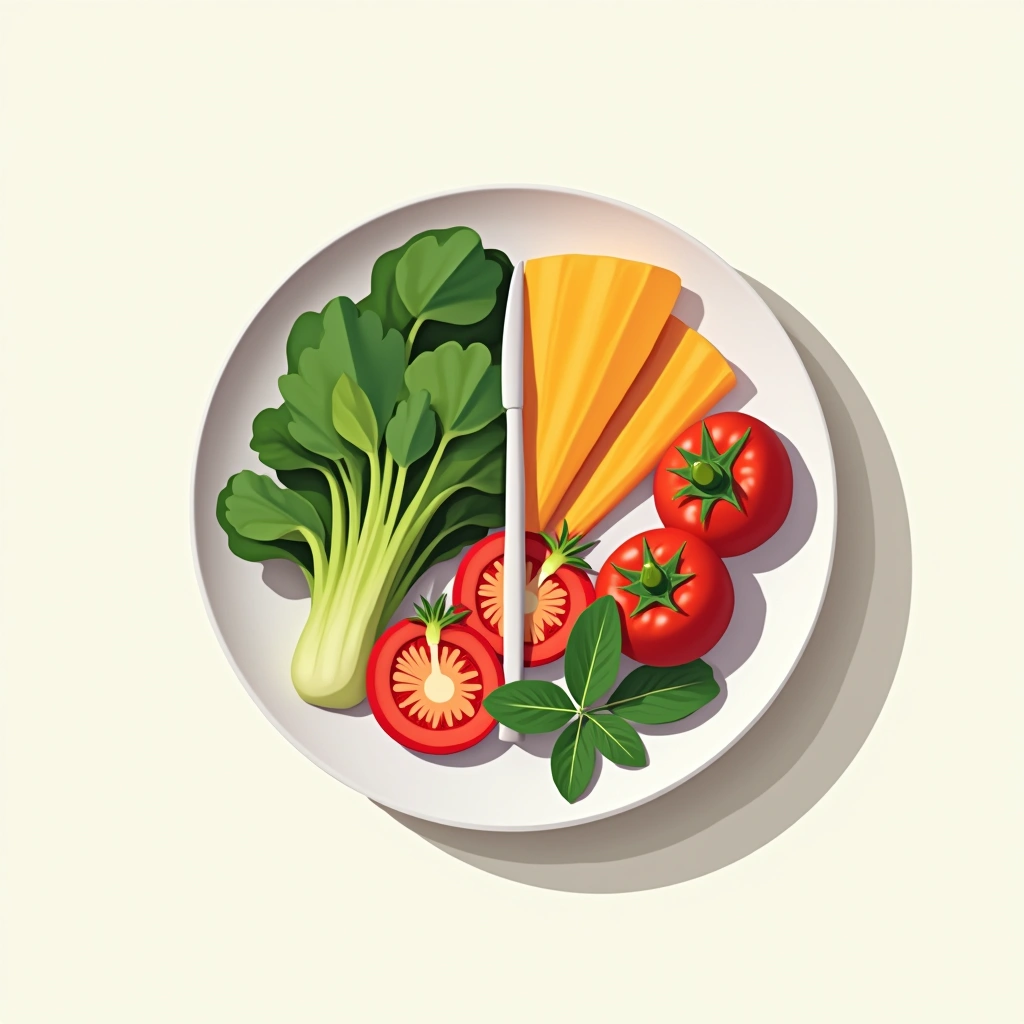
Half-Plate Vegetables Rule
Fill half your plate with vegetables and fruits at each meal to ensure adequate nutrition and fiber intake. This simple visual approach helps maintain proper portions while maximizing nutrient density in your diet.
Why This Matters
Samantha adopted this habit after learning about Harvard's Healthy Eating Plate guidelines. She finds it helps her effortlessly increase her vegetable consumption and maintain a healthy weight without counting calories.

Prioritize Whole Grains
Choose whole grain varieties of bread, rice, pasta, and cereals instead of refined options. Whole grains provide more fiber, vitamins, and minerals while having a milder effect on blood sugar levels.
Why This Matters
David switched to whole grains after his doctor warned him about his rising blood sugar levels. He appreciates that whole grains keep him fuller longer and provide sustained energy throughout his workday.

Schedule Mindful Meals
Designate specific times for meals and eat without distractions like phones or TV. This practice helps you stay connected to hunger and fullness cues, preventing overeating and improving digestion.
Why This Matters
Rebecca implemented scheduled meal times to stop her habit of mindless snacking throughout the day. She finds that dedicating time solely to eating has improved her relationship with food and helps her enjoy meals more fully.

Eat Slowly, Chew Thoroughly
Take at least 20 minutes to finish your meal and chew food thoroughly before swallowing. This allows your brain to receive fullness signals, reducing overall calorie intake and improving digestion.
Why This Matters
James adopted slow eating after learning it takes 20 minutes for satiety signals to reach the brain. He found this simple change helped him naturally eat less at meals and improved his chronic digestive issues.

Choose Unsaturated Fats
Replace saturated fats (like butter and lard) with unsaturated vegetable oils like olive, canola, or sunflower oil. This simple swap significantly reduces your risk of heart disease and stroke.
Why This Matters
Lisa made this change after her father had a heart attack related to high cholesterol. She appreciates that using olive oil in cooking not only benefits her heart health but also adds delicious flavor to her meals.

Limit Added Sugars
Reduce intake of foods and beverages with added sugars to less than 10% of daily calories. Replace sugary snacks and drinks with fresh fruits and water to improve overall health and maintain healthy weight.
Why This Matters
Thomas cut back on sugar after being diagnosed with pre-diabetes. He found that gradually reducing his sugar intake not only improved his blood work but also reduced his cravings for sweet foods over time.

Drink Water First
Make water your primary beverage and drink a glass before each meal. This helps maintain proper hydration while reducing consumption of sugary beverages and can help control hunger.
Why This Matters
Maria switched to primarily drinking water after calculating how many calories she was consuming through sugary drinks. She now carries a reusable water bottle everywhere and finds her skin looks better and she has more energy.

Five Daily Produce Portions
Consume at least five portions (400g) of fruits and vegetables daily, representing a variety of colors and types. This amount significantly reduces your risk of chronic diseases and provides essential vitamins, minerals, and fiber.
Why This Matters
Carlos started tracking his produce intake after his doctor recommended it for lowering his blood pressure. He found creating colorful meals not only improved his health metrics but also made his meals more enjoyable and satisfying.

Reduce Salt Intake
Limit daily sodium consumption to less than 5g (about one teaspoon) by using herbs and spices for flavor instead. Reducing salt helps prevent hypertension and lowers your risk of heart disease and stroke.
Why This Matters
Angela reduced her salt intake after being diagnosed with high blood pressure. She discovered that using herbs, spices, and citrus for flavoring actually enhanced her enjoyment of food while helping her maintain healthier blood pressure readings.

Eat Greens First
Start your meals by eating the vegetables on your plate before moving to other components. This ensures you consume nutrient-dense foods when you're hungriest and has been shown to improve blood sugar levels.
Why This Matters
Robert began eating his vegetables first after reading research about its effects on blood sugar control. He noticed this simple change helped him feel more satisfied with smaller portions of carbohydrates and proteins later in the meal.

Keep a Food Journal
Track your daily food intake using an app, online tool, or notebook to increase awareness of eating patterns. Food journaling has been shown to support weight management and help identify food sensitivities or triggers.
Why This Matters
Sarah started keeping a food journal while working with a nutritionist to identify food triggers for her migraines. She found that the practice helped her make more mindful food choices and revealed connections between certain foods and her symptoms.

Use Smaller Plates
Serve meals on smaller plates (8-10 inches) to naturally reduce portion sizes without feeling deprived. This visual trick helps control calorie intake while still feeling satisfied with your meals.
Why This Matters
Daniel switched to smaller plates after learning about how portion sizes affect consumption regardless of hunger. He appreciates that this simple change allows him to maintain a healthy weight without feeling like he's restricting himself.

Weekly Meatless Day
Designate at least one day per week to eat exclusively plant-based meals. This practice increases your plant food variety, reduces environmental impact, and can improve heart health.
Why This Matters
Emma implemented Meatless Mondays to reduce her environmental footprint and increase her fiber intake. She found that exploring plant-based recipes expanded her culinary skills and introduced her to delicious new foods she now enjoys regularly.
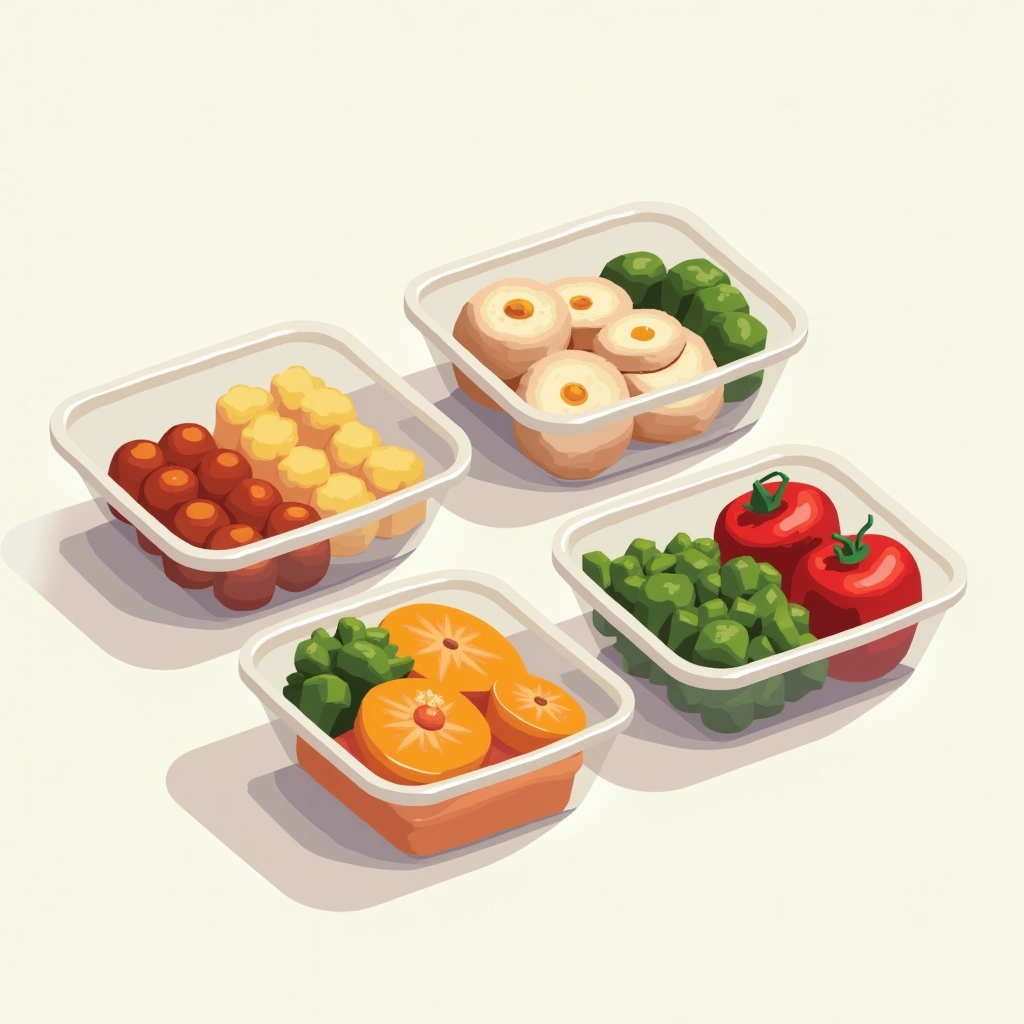
Prepare Meals Ahead
Spend time weekly preparing healthy meals and snacks in advance to ensure nutritious options are readily available. Meal preparation helps resist unhealthy convenience foods when you're busy or tired.
Why This Matters
Alex started meal prepping on Sundays after realizing how much money he spent on takeout during busy workdays. He finds that having healthy options ready to heat and eat not only saves money but also helps him consistently make nutritious choices.

Cook More at Home
Prepare most of your meals at home where you control ingredients and cooking methods. Home cooking typically results in healthier meals with less sodium, sugar, and unhealthy fats than restaurant food.
Why This Matters
Nathan began cooking at home more frequently to save money and lose weight. He enjoys the creative aspects of cooking and finds satisfaction in knowing exactly what goes into his meals.

Include Oily Fish
Consume fatty fish like salmon, mackerel, or sardines at least twice weekly to obtain omega-3 fatty acids. These essential fats support heart and brain health while reducing inflammation throughout the body.
Why This Matters
Patricia incorporated oily fish into her diet after researching ways to support her joint health and reduce inflammation. She noticed improved cognitive function and less joint pain after making this a regular part of her eating pattern.

Dressings on the Side
Request salad dressings and sauces on the side when dining out to control portions. This simple habit can save hundreds of calories per meal while still allowing you to enjoy the flavors.
Why This Matters
Michelle asks for dressings on the side after learning how many calories they can add to otherwise healthy salads. She enjoys being able to control exactly how much dressing she uses while still getting the flavor she enjoys.
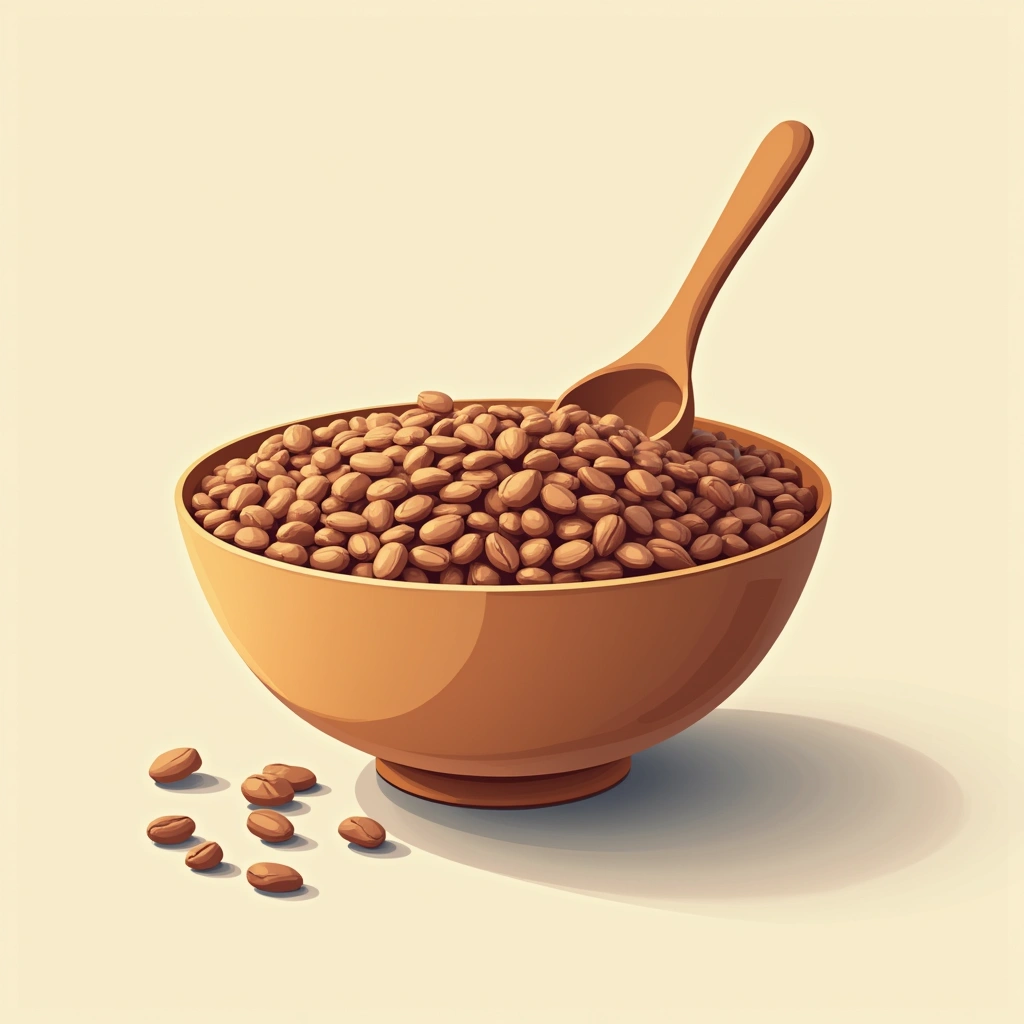
Bump Up Dietary Fiber
Increase fiber intake by choosing whole fruits over juice, adding beans to salads, and starting the day with high-fiber cereals. Higher fiber intake supports digestive health, blood sugar control, and helps maintain a healthy weight.
Why This Matters
Ryan increased his fiber intake to address chronic digestive issues and improve heart health. He appreciates that high-fiber foods keep him feeling full longer, helping him maintain a healthy weight without feeling hungry.
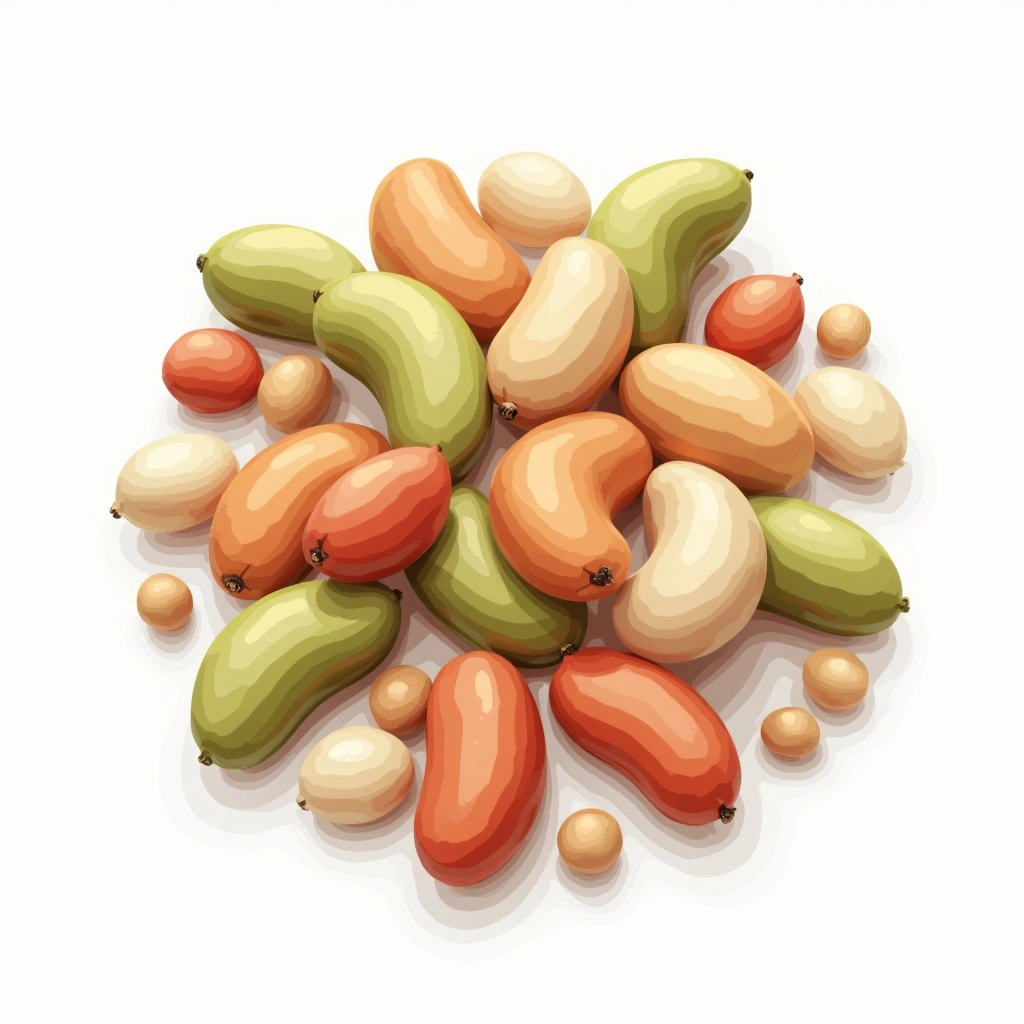
Choose Plant Proteins Often
Incorporate more plant-based proteins like beans, lentils, tofu, and nuts into your weekly meals. Plant proteins provide fiber and nutrients not found in animal proteins while reducing saturated fat intake.
Why This Matters
William started eating more plant-based proteins to lower his cholesterol and environmental impact. He found that exploring different legumes and plant proteins added variety to his meals and improved his cholesterol numbers significantly.

Limit Processed Foods
Reduce consumption of highly processed foods like packaged snacks, ready meals, and fast food. These items typically contain excessive sodium, sugar, unhealthy fats, and additives that can negatively impact health.
Why This Matters
Olivia cut back on processed foods after researching their effects on inflammation and gut health. She noticed significant improvements in her energy levels and skin condition after focusing on more whole, unprocessed foods.
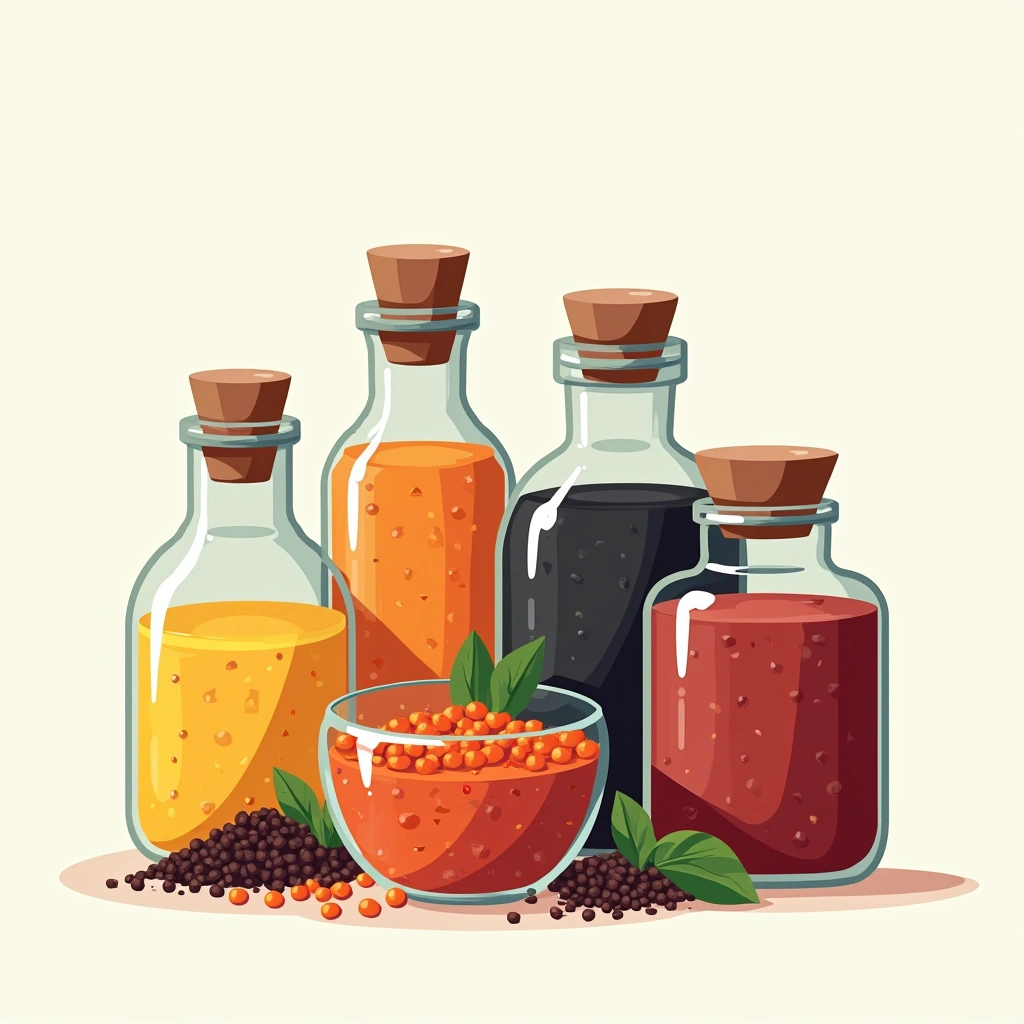
Add Herbs and Spices
Use herbs and spices liberally to add flavor to meals without salt or sugar. Many herbs and spices contain beneficial compounds with antioxidant and anti-inflammatory properties.
Why This Matters
Kevin started experimenting with herbs and spices to reduce his sodium intake while managing hypertension. He discovered that herbs and spices not only made his food more flavorful but also introduced him to new cuisine styles and cooking methods.
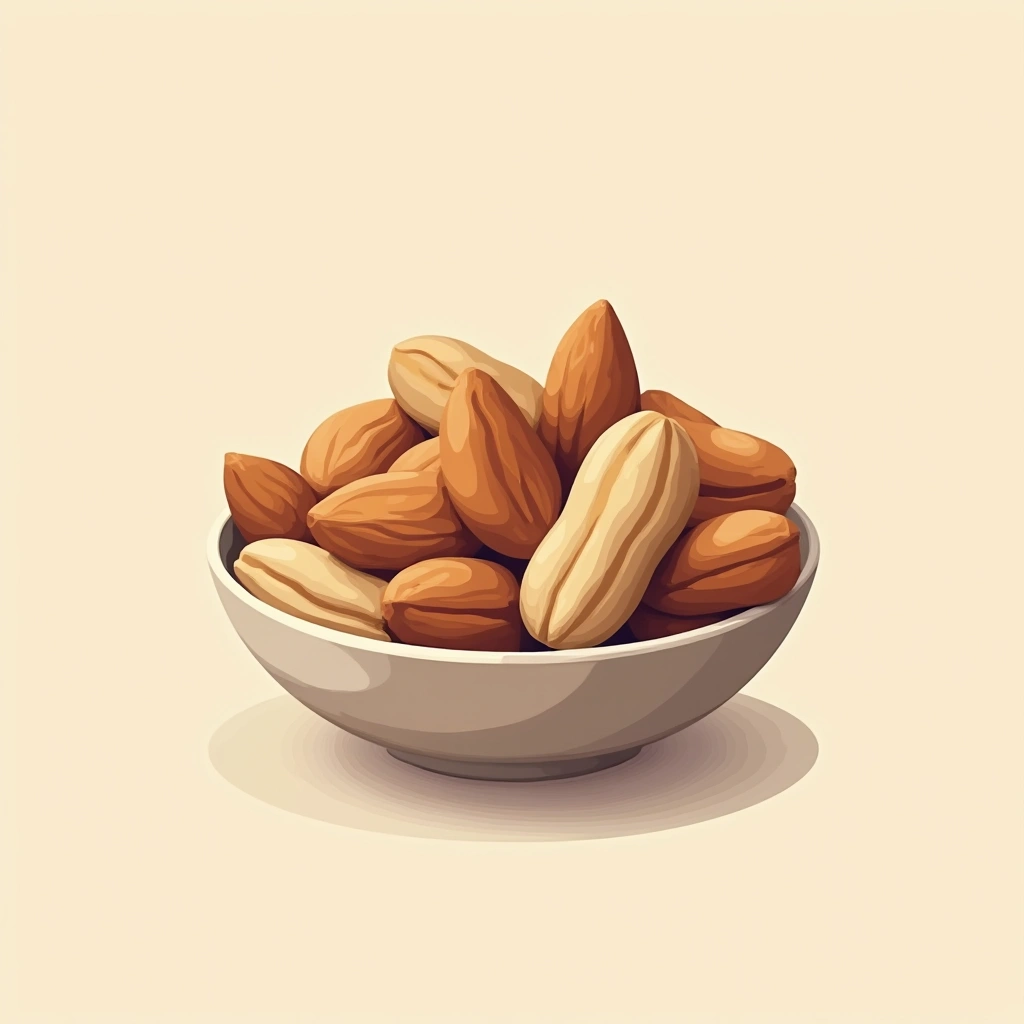
Snack on Nuts
Keep unsalted nuts available for snacking instead of processed snack foods. Nuts provide healthy fats, protein, fiber, and micronutrients that support heart health and help manage weight.
Why This Matters
Hannah began carrying nuts as her go-to snack after learning about their benefits for heart health and sustained energy. She finds they satisfy her hunger between meals and prevent energy crashes that used to lead to unhealthy food choices.

Include Calcium Sources
Incorporate calcium-rich foods like dairy products, fortified plant milks, and leafy greens daily. Adequate calcium intake promotes optimal bone health and helps prevent osteoporosis later in life.
Why This Matters
Jennifer prioritizes calcium-rich foods after learning she has a family history of osteoporosis. She ensures she gets enough calcium from both dairy and plant sources to support her bone health while training as a recreational athlete.

Balance Your Plate
Structure meals to include protein, complex carbohydrates, healthy fats, and plenty of vegetables. This balanced approach ensures you receive a wide range of nutrients while promoting satiety and stable energy levels.
Why This Matters
Brandon adopted the balanced plate approach after working with a nutritionist to improve his athletic performance. He noticed more consistent energy during workouts and better recovery when his meals included all macronutrient groups in appropriate proportions.

Swap Veggie Noodles
Replace regular pasta with spiralized vegetables like zucchini, carrots, or spaghetti squash occasionally. This substitution increases your vegetable intake while reducing calories and refined carbohydrates.
Why This Matters
Nicole started making vegetable noodles to increase her vegetable consumption and better manage her blood sugar levels. She found that this simple swap satisfied her pasta cravings while providing more nutrients and keeping her feeling light after meals.

Increase Vitamin D
Ensure adequate vitamin D intake through fatty fish, fortified foods, or supplements if needed. Vitamin D works with calcium to promote bone health and plays important roles in immune function and mood regulation.
Why This Matters
Marcus learned he had low vitamin D levels during a routine checkup and began intentionally incorporating more vitamin D-rich foods into his diet. He noticed improvements in his mood during winter months and recovered more quickly from minor illnesses.

Stock Healthy Options
Keep nutritious foods readily available in your home and remove or limit tempting unhealthy items. This environmental change makes choosing healthy options easier, especially when tired or stressed.
Why This Matters
Christopher reorganized his kitchen after realizing how much his food choices were influenced by convenience. He finds that having healthy options visible and accessible has dramatically improved his day-to-day food choices without requiring constant willpower.

Start with Protein Breakfast
Begin each day with a protein-rich breakfast including eggs, Greek yogurt, or plant-based protein. Protein at breakfast helps control hunger throughout the day and reduces unhealthy snacking.
Why This Matters
Stephanie started eating protein-rich breakfasts after learning about their effect on hunger hormones and blood sugar stability. She noticed that this simple change eliminated her mid-morning energy crashes and reduced her cravings for sugary snacks.
Key Takeaways for Healthier Living
Here are the core principles distilled from these healthy eating habits, providing a clear roadmap for positive change.
- Plant Power: Prioritize a diverse range of plant foods to boost gut health and nutrient intake.
- Mindful Meals: Schedule dedicated meal times and eat without distractions to improve digestion and satiety.
- Portion Awareness: Utilize visual cues like half-plate vegetables and smaller plates for balanced portions.
- Whole Food Focus: Choose whole grains and limit processed foods for sustained energy and blood sugar control.
- Hydration First: Make water your primary beverage and drink before meals to manage hunger and calorie intake.
- Home Cooking Advantage: Prepare meals at home to control ingredients and ensure healthier choices.
Start incorporating these key takeaways into your daily routine and witness the positive impact on your health and well-being.

